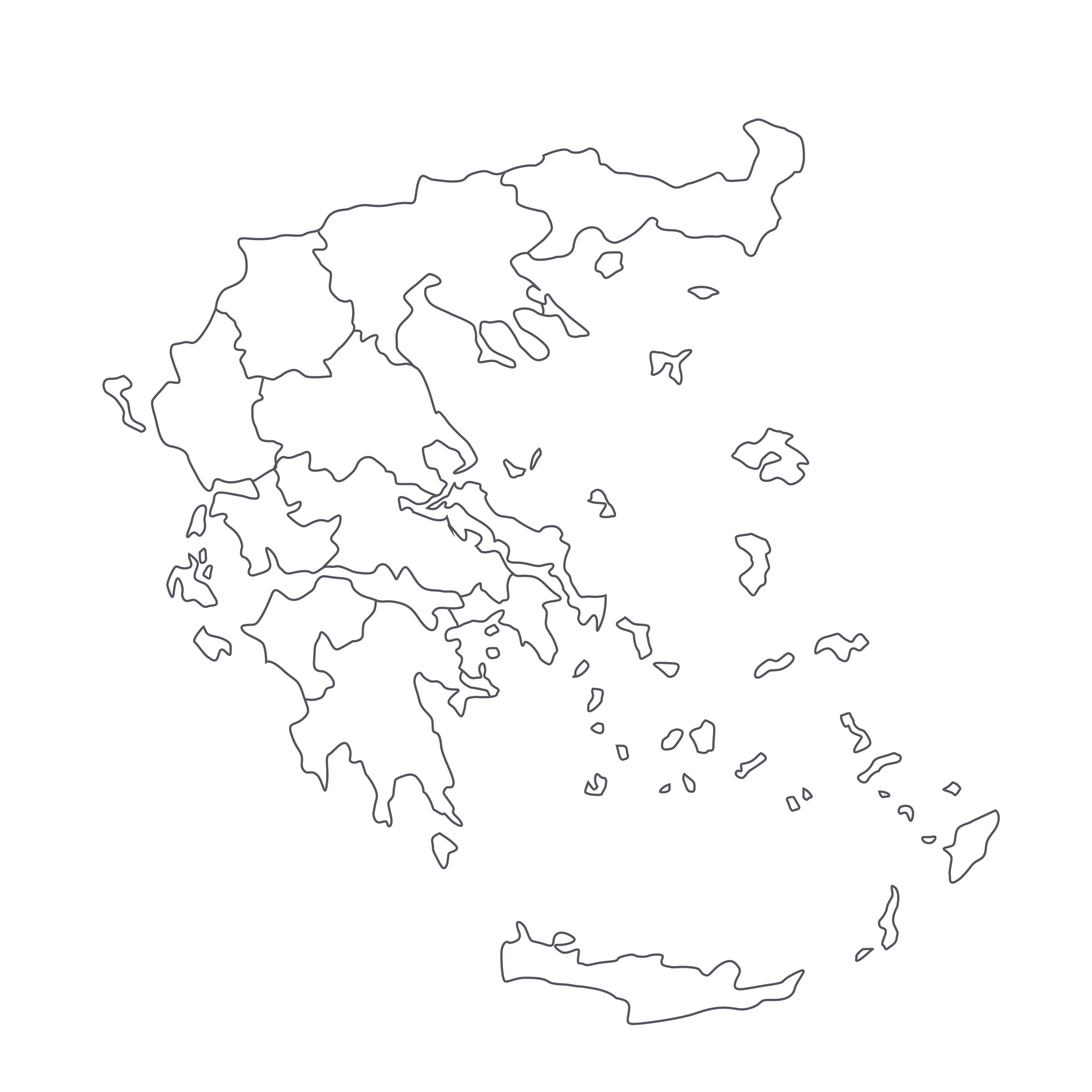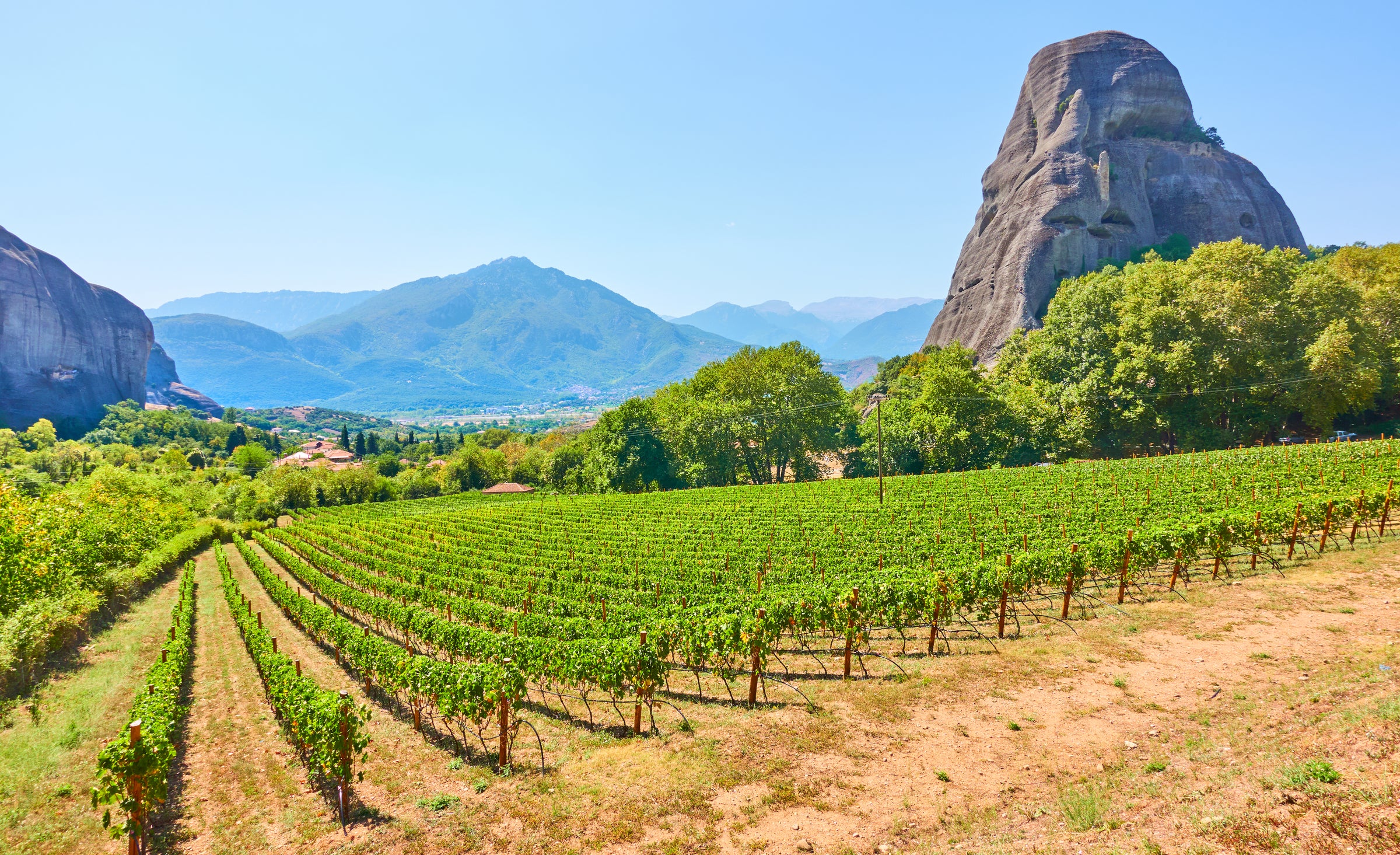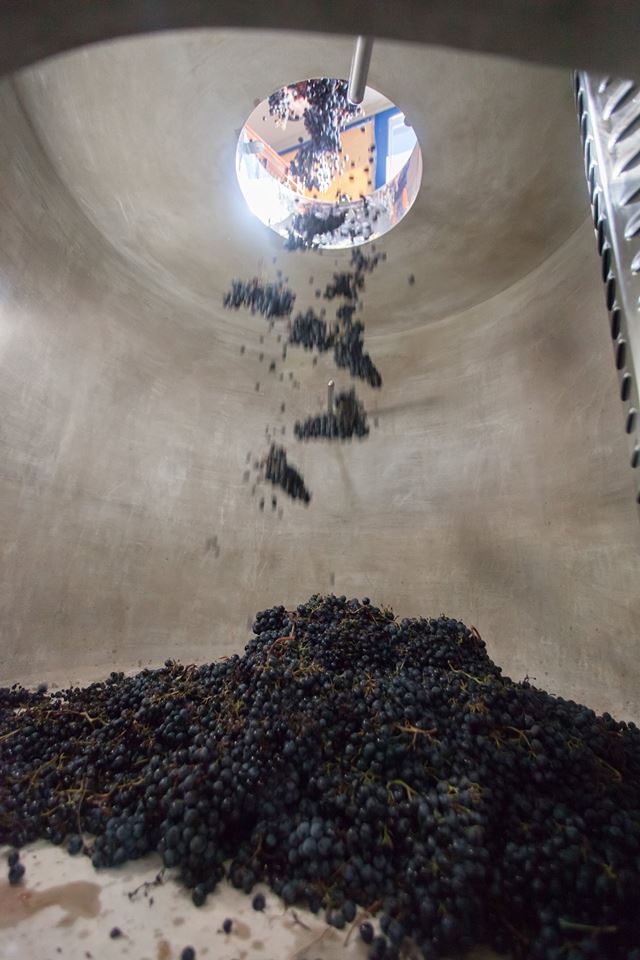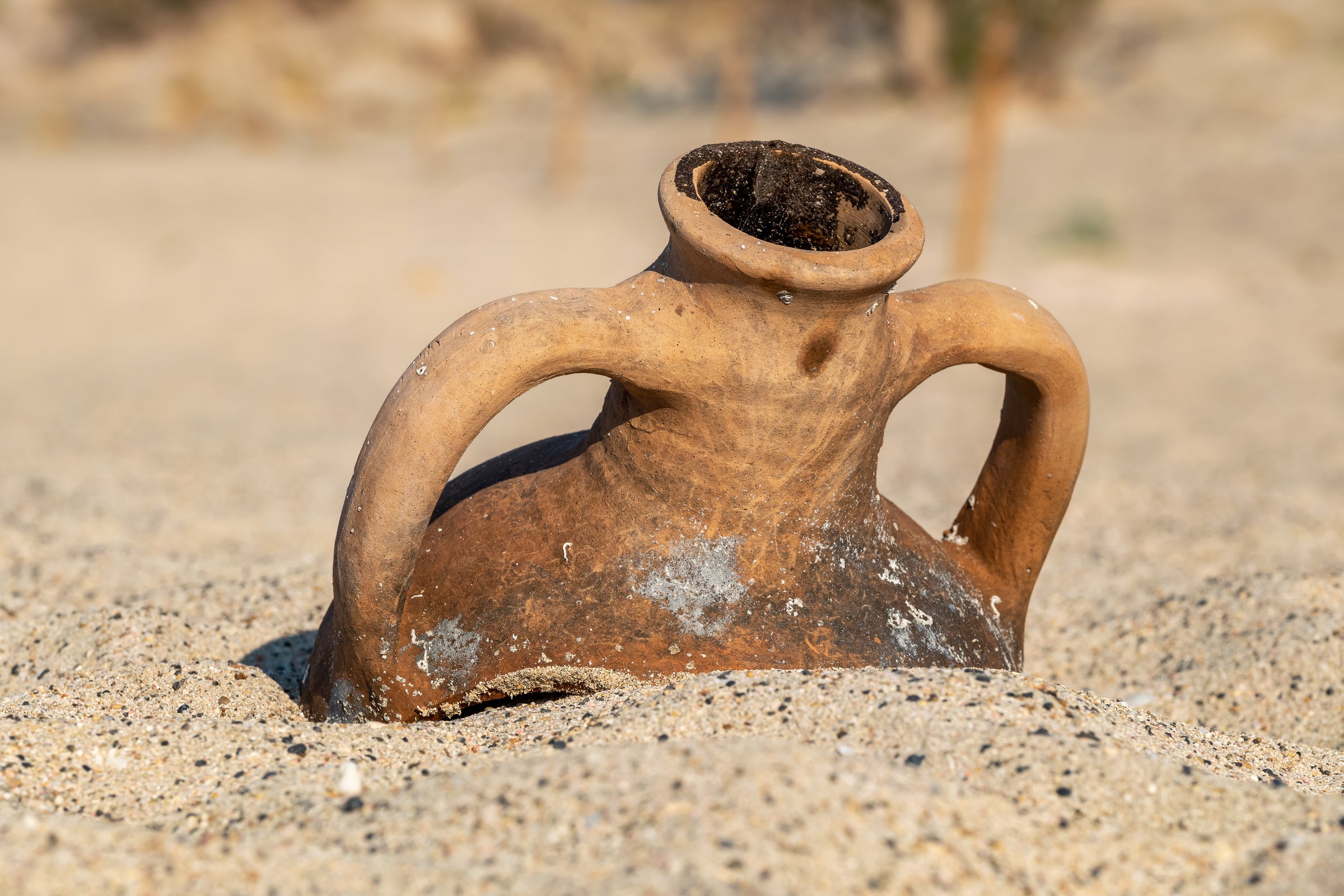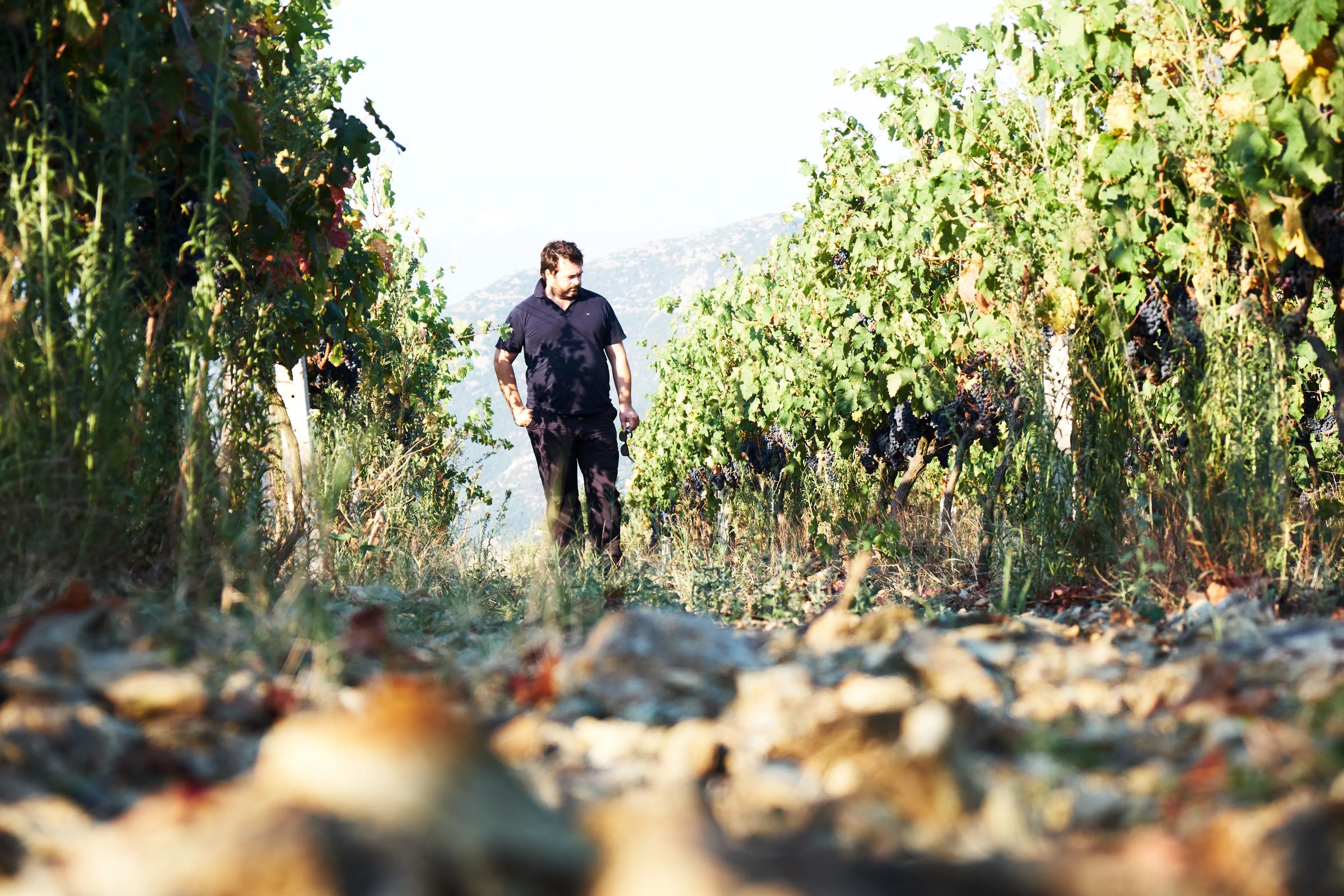Firstly, I want to stress that today’s wine is one of the most unique and fascinating discoveries of 2020. On purely vinous grounds, it’s outrageously complex, explosively aromatic, and built to sing in perfect harmony with many of my favorite “warm season” dishes. During the past few weeks, I’ve become more than a little obsessed and I can’t stop gifting bottles to peers and friends: For $29, it’s hard to suggest a better introduction to the top-tier of Greek white wine (a category with which many sommeliers are still surprisingly inexperienced). And, in addition to the obvious quality that overflows from each glass, this bottle is a perfectly illustrative example of why I have never, and will never, regret devoting my life to wine.
Because for me, wine is not “just wine.” Each great outside-the-box discovery is an opportunity to expand my understanding of not just geology, geography, culinary tradition, agriculture, and economics—but often ancient history and even mythology! Savoring today’s wine is a thrilling, virtuous cycle: The more I drink it and the more I research it, the more fascinating and enjoyable the experience becomes. It’s hard to argue with an exotically layered white wine that is a thought-provoking portal into the dawn of western civilization—all for $29! THIS is the content I’m here for!
I frequently use words like “ancient” and “historic” to describe my favorite vineyards and bottles. I’ll admit, I feel a little foolish when attaching the same terms to the great wines of Greece, many of which originate from grape-growing terroirs that are multiple thousands of years older. Take for example the 2017 “Thea” from legendary Greek estate Seméli. This bottle hails from a small collection of ancient vineyards in the Nemea Valley. Nemea might ring a bell for anyone who’s studied Greek mythology. A young Hercules is said to have slain a Nemean lion in a cave nearby to the vineyard that produced today’s wine, and he famously wore the pelt of this same lion as a prized suit of armor every day of his life that followed. Later, drawn to the region’s mild summers and bountiful wildlife and agriculture, Zeus, made the Nemea valley his personal sanctuary. Later still, between 200 and 400 BCE (about 1,500 years before Burgundy began producing wine, by the way), the wines of this area were among the most valuable traded on the primitive, yet gradually expanding, export wine market. Suffice it to say there is no shortage of cultural and vinous history in the area responsible for today’s wine!
Still, it would be unfair to let it overshadow the impressive contribution of Seméli Estate itself. Started over 40 years ago, Seméli is located at an altitude of 1,800 feet, high up in the hilly sub-region of Koutsi. In addition to enjoying a global reputation for luxury tourism, Koutsi ranks among the top “crus” for wine production in Nemea, the best-known PDO (Protected Denomination of Origin) on Greece’s Peloponnese peninsula. In addition to Nemea reds from its prized Agiorgitiko grape, Seméli also specializes in whites from the neighboring Mantinia PDO, especially those from the Moschofilero variety. Interestingly, Mantinia, by virtue of its elevation, is characterized as a cool, “continental” climate despite being smack in the middle of the Mediterranean: Mild summers, cool winters, and stony, infertile soils culminate in a terroir that accentuates chiseled minerality and impressive depth. Moschofilero has a fascinating and rather exotic aromatic profile, too—I guarantee it’ll be one of the most memorable and satisfying whites you try all year.
The 2017 “Théa” is a crash course in the Moschofilero grape and the ancient Koutsi/Mantinia terroir. The most compelling aspect of top-tier Moschofilero is its texture. While bone dry, it’s also luxuriously rich and mouth-filling, with a remarkable presence and depth of minerality that lingers long after each sip. As soon as the cork is pulled, this immense power, salinity, and deep minerality lend a sense of “seriousness” to the wine. Still, don’t be fooled by the first impression! After the decidedly grown-up and austere introduction, Théa erupts with a fireworks extravaganza of bright aromas: lime-y green mango/under-ripe peach/papaya notes that recall great dry Riesling and exotic Traminer-like spices...and it’s all tied together with a persistent, mouthwatering crispness that makes this a challenging wine to drink slowly. So, be forewarned: While enjoying this wine repeatedly over the last month, I’ve made a habit of putting a second bottle in the refrigerator while I drink the first!
To be clear, this bottle is all about instant gratification and reliable deliciousness over the next 12-18 months. It is not a wine for extended cellar aging, so simply pull the cork 15 minutes before serving at 50 degrees in all-purpose white wine stems. I’ve enjoyed this 2017 vintage as a thirst-quenching apéritif, and also alongside panko-crusted prawns, garlicky calamari salad, sushi, and even cheeseburgers. This wine’s exotic fruit and complex minerality always shine through no matter the setting. I can’t say it loudly enough—even at such a modest price, this is a serious wine and brilliant opportunity to expand your experience with the thrilling white wines of Greece! Enjoy!


